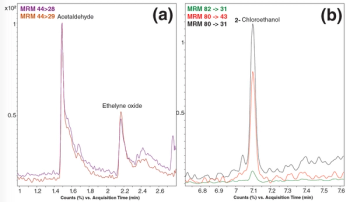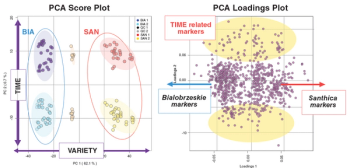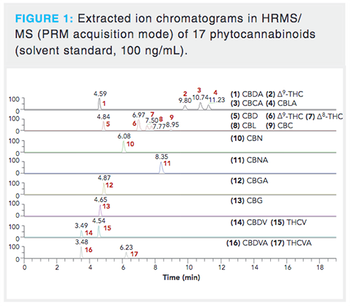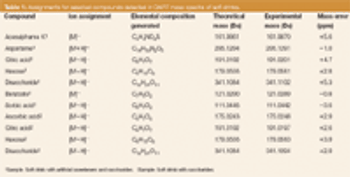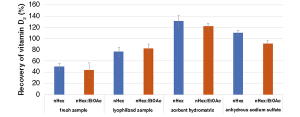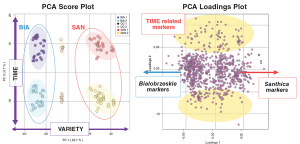
Scientists used supercritical fluid chromatography (SFC) and ultrahigh-pressure liquid chromatography (UHPLC)—both coupled with high-resolution mass spectrometry (HRMS)—to analyze various types of chlorinated paraffins (CPs) in fish oil-based dietary supplements.






